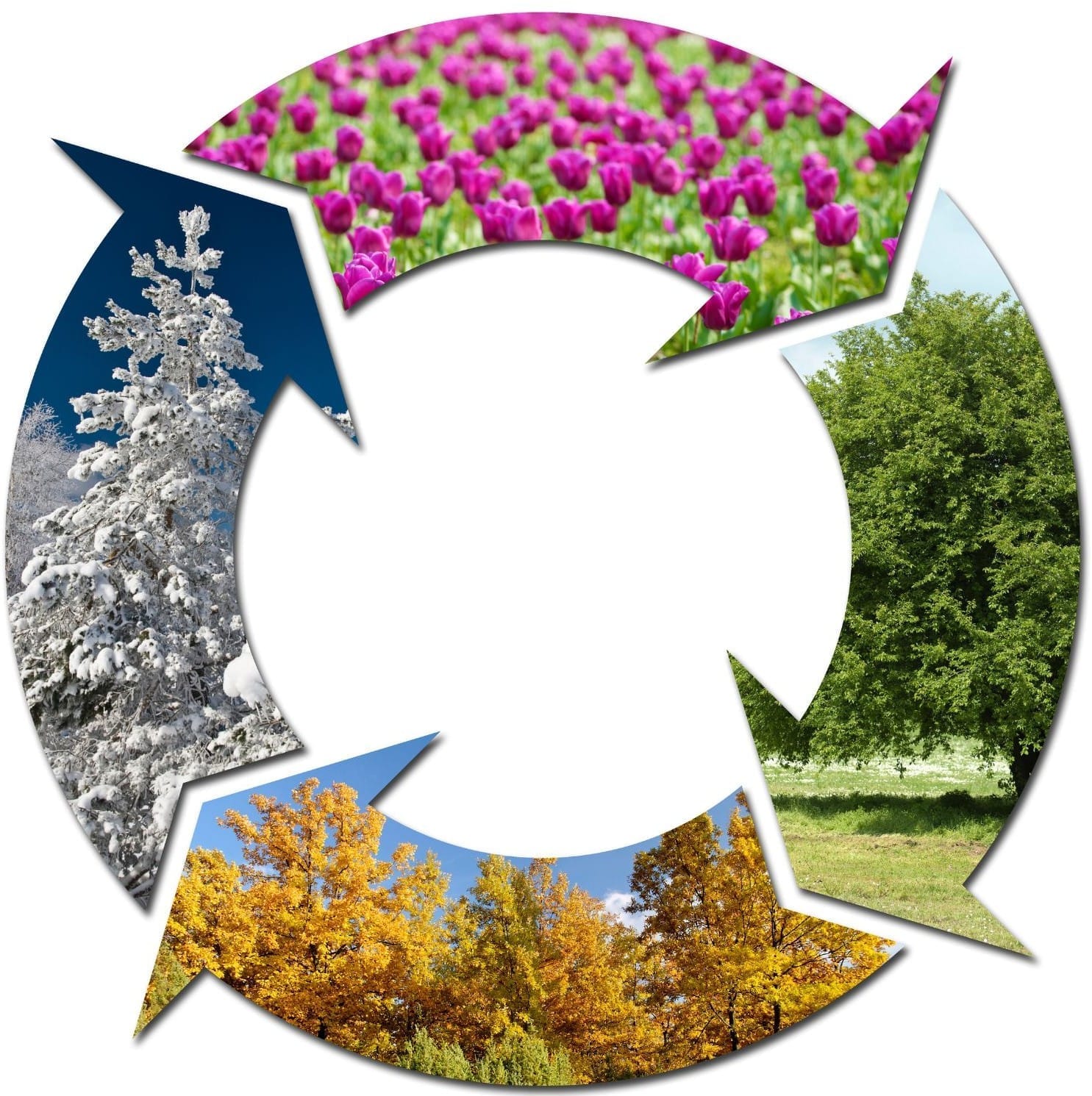Think like a fish - how seasonal changes impact water quality and aquatic health
Part 1: Why seasonal shifts matter - understanding water quality changes in aquaculture

Aquaculture may be a controlled environment, but it is far from immune to nature’s cycles.
Seasonal shifts – whether you're operating in tropical, temperate, or arid regions – can significantly affect your system's water quality. These changes influence not only the water's physical and chemical characteristics, but also the physiological responses of the animals you farm. For producers and aquatic animal health professionals alike, anticipating and managing seasonal impacts is crucial for maintaining optimal health and productivity.
Why are aquatic species so sensitive to seasonal change?
Most aquatic animals are ectothermic (cold-blooded), so their body temperature and metabolic rate fluctuate with the surrounding water. As seasons change, water temperature shifts, altering growth, feeding behaviour, immunity, and stress responses. Sudden or extreme changes in water conditions—even if temporary—can weaken aquatic animals and make them more vulnerable to disease, especially if the conditions fall outside what's ideal for their species or life stage.
Beyond temperature, factors like dissolved oxygen (DO), pH, ammonia, salinity, and algal activity also vary seasonally. These parameters interact, sometimes compounding stress, and can lead to subclinical disease or even mass mortality if not properly managed.
What drives water quality changes seasonally?
Seasonal variation impacts your aquatic environment through multiple pathways:
Temperature fluctuations: warmer water raises metabolism, oxygen demand, and pathogen activity, whilst colder water tends to slow down immune function and digestion.
Rainfall and runoff: in rainy seasons, runoff can introduce nutrients, sediments, and pollutants, which may trigger algal blooms or alter pH and salinity.
Evaporation: during hot, dry periods, evaporation concentrates dissolved substances in the water, such as salts, ammonia, and minerals, increasing osmotic stress and altering water chemistry.
Light availability: longer days in Spring and Summer boost photosynthetic activity in algae and aquatic plants, affecting oxygen and pH levels. Shorter days reduce oxygen production and can increase nighttime DO dips.
Nutrient loading: changes in feeding rates, biological activity, and organic waste all influence the nutrient levels in the system, with seasonal patterns shaping how those nutrients accumulate or break down.
The hidden cost of seasonal stress: subclinical disease
Fish may appear healthy whilst experiencing physiological stress from water quality shifts. These hidden stressors can impair immunity, reduce feed efficiency, delay growth, and increase susceptibility to pathogens. Pathogens such as Aeromonas, Vibrio, and ectoparasites such Ichthyophthirius multifiliis often exploit these windows of weakened immunity, leading to disease outbreaks.
Temperature extremes also disrupt reproductive cycles, egg viability, and larval development. Many species have narrow thermal windows for successful spawning, so even slight deviations can undermine long-term productivity.
Preparing for the seasons ahead
Understanding the seasonal rhythms of your water system is not just good practice, it’s vital to sustainable operation. In part 2 of this series, we will take a closer look at specific seasonal challenges and provide actionable vet-recommended strategies.
Next in the series: Part 2: Spring and summer – The awakening and stress seasons
References:
1. Barton, B.A., 2002. Stress in fishes: a diversity of responses with particular reference to changes in circulating corticosteroids. Integrative and Comparative Biology, 42(3), pp.517–525. doi:10.1093/icb/42.3.517
2. FAO, 2018. Impacts of climate change on fisheries and aquaculture: synthesis of current knowledge, adaptation and mitigation options. Rome: Food and Agriculture Organization of the United Nations. Available at: https://openknowledge.fao.org/server/api/core/bitstreams/9aeb8ade-a623-4954-8adf-204daae3b5de/content [Accessed 30 April 2025]
3. Pörtner, H.O. and Peck, M.A., 2010. Climate change effects on fishes and fisheries: towards a cause-and-effect understanding. Journal of Fish Biology, 77(8), pp.1745–1779. doi:10.1111/j.1095-8649.2010.02783.x
4. Wedemeyer, G.A., 1996. Physiology of fish in intensive culture systems. New York: Chapman & Hall. https://doi.org/10.1007/978-1-4615-6011-1



